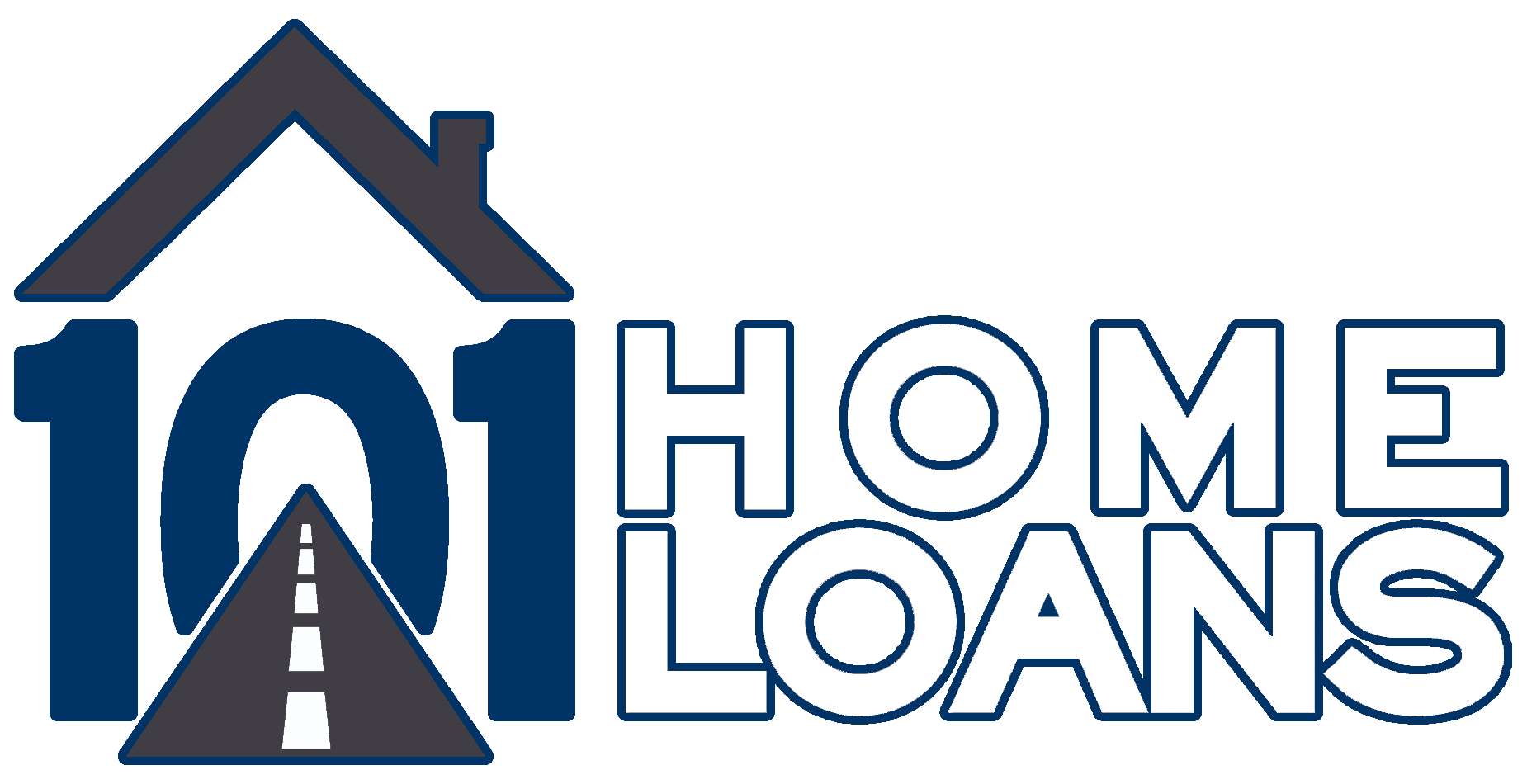
101 Home Loans
Home Equity Lines of Credit (HELOC)
Home Equity Lines of Credit (HELOC) From 101 Home Loans.
Home equity lines of credit give you the flexibility of using the value of your home to get the credit you need. Equity is based on the difference between the home’s worth and what you owe on the mortgage. A HELOC is secured by the collateral in your home, so you get access to cash that works like a credit card. You withdraw the funds you require based on the revolving credit line. Many HELOCs come with fixed interest rates, so you know how much you will pay back.
A home equity line of credit has designated draw and repayment times. Draw periods last between 5 to 10 years and allow you to make the minimum payment (sometimes interest only), though you can pay on the principal during this time. Once the draw period ends, you enter repayment. At this time, you no longer have access to the credit line, and you begin making monthly payments on the principal and interest that you borrowed.
Pros and Cons of a HELOC.
Understanding the pros and cons of a home equity line of credit (HELOC) and its financial impact will help you determine if this option is right for you.
Pros
Lower interest rates than credit cards and other loans.
Only pay for what you spend.
There are no regulations about what the money can be used for, but you can get a tax benefit for certain purchases.
Cons
There can be limitations to how you access the funds.
Your home is the collateral.
Interest rate is generally higher than a 1st mortgage and is adjustable.
HELOC Eligibility Requirements.
In order to qualify for a HELOC, you must first have enough equity available in your home. Lenders usually require a home appraisal to attain an accurate assessment of a property’s value. Qualifying for a HELOC works like other loan programs. You need to meet specific criteria before a lender decides to offer you credit.
These are some eligibility areas a lender assesses for home equity lines of credit: debt-to-income ratio, credit score, bill payment history and current income amount. A lender reviews this information and pairs it with your loan-to-value ratio. Lenders generally want you to have at least 15% equity in your home, but some lenders do require more before they allow you to borrow.
Is a HELOC Right For You?
A HELOC is an important credit choice when you need quick access to cash at a competitive interest rate. When life events arise, tapping into your home’s equity provides a useful financial tool apart from credit cards. Since HELOCs are time-limited, consider what you need to accomplish with these funds so you make smart financial choices that put you ahead.
These are some common reasons to consider home equity lines of credit: making home improvements, paying off other debts, financing for educational goals, covering medical bills and investing in another property. Once approved, you choose how to spend the funds over the borrowing period. A knowledgeable 101 Home Loans loan officer can help determines if a HELOC is the right option given your personal circumstances and guides you through the lending process if it’s the best choice.
#YourLenderForLife


Copyright © 2024 101 Home Loans is a division of Fulcrum Home Loans, Inc NMLS # 19264443
The information contained in this website is for general information purposes only. While we endeavour to keep the information up to date and correct, we make no representations or warranties of any kind, express or implied, about the completeness, accuracy, reliability, suitability or availability with respect to the website or the information, products, services, or related graphics contained on the website for any purpose. Any reliance you place on such information is therefore strictly at your own risk.
Web Design and SEO by Fitz Designz




